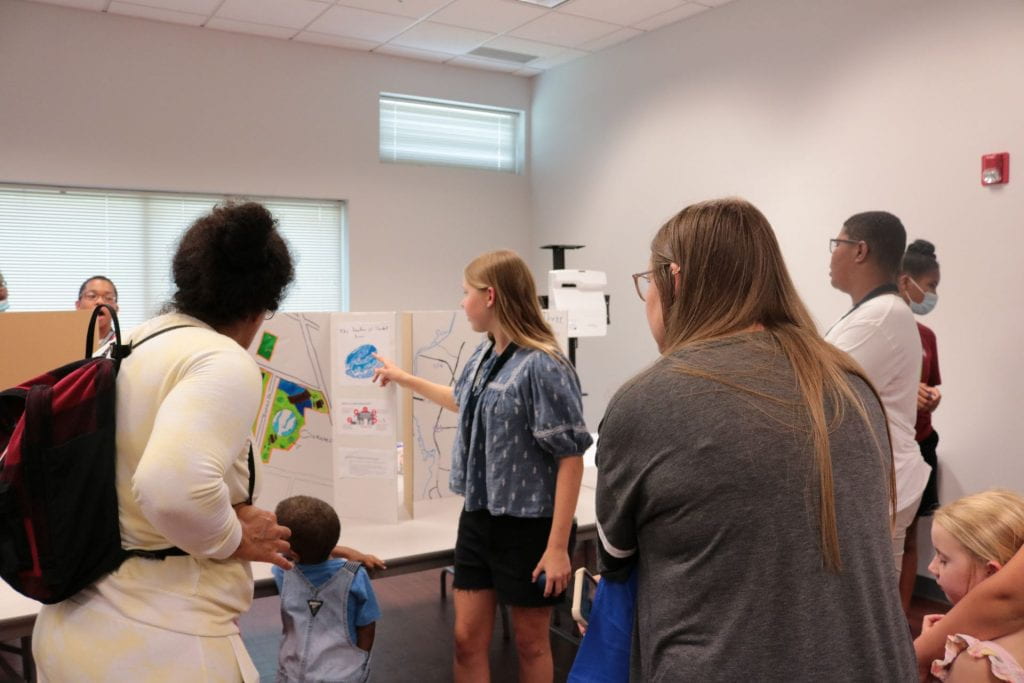

Our Mission
While applicable to a range of Black, Indigenous, and People of Color (BIPOC) frontline communities, the focus for our pilot project will be historically Black communities on the West Side of Savannah, Georgia, which have long endured the effects of ongoing intersecting environmental disasters and social inequities. Rising sea levels threaten their homes. Heavy industries pollute their air and soil. The coronavirus pandemic has introduced a new vector of harm. Residents are fighting—as they always have—to make their communities safer for future generations. Georgia Tech and Savannah State University, along with community partners, the Harambee House (a local environmental justice organization) and the City of Savannah, will continue sustained work with local residents to show how universities and communities can collaborate in a post-COVID environment to develop the next generation of tools to understand and support disaster resilience.
Research Partners
- Georgia Institute of Technology
- Savannah State University
Civic Partners
- The Harambe House
- City of Savannah
- Chatham County Public School System

